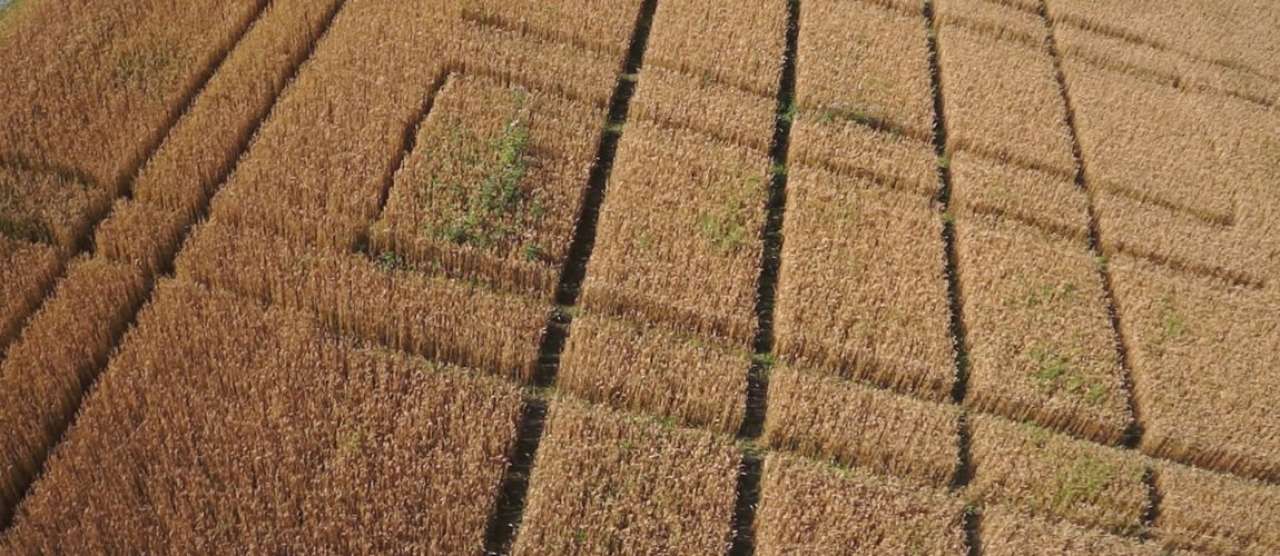High-tech Kinder Eggs for agriculture

Photo: Krzysztof Kusnierek.
Scientists use satellites, drones and robots in pursuit of a more environmentally friendly agriculture, increased food production and higher incomes for farmers. At NIBIO Apelsvoll, it’s the 10th anniversary of the use of drones in research.
How big is the crop before harvest, and how good is the quality? Where in the field are the weeds? Do the plants need more or less water, fertilizer or pesticides? These are all questions that a high-tech precision farming can help to answer.
Precision agriculture is all about exactly that, precision.
"When you fertilize only as needed, the utilization rate of nitrogen increases, at the same time reducing both greenhouse gas emissions and water pollution. Similarly, when it comes to pesticides, one should spray exactly where needed. This could reduce the use of chemical plant protection by up to 90% in some cases", says Senior Research Scientist and Head of Agricultural Technology and Systems Analysis Audun Korsæth.
Satellite images can be used to keep track of larger areas, while drones can provide detailed information about a specific field. Robots can be used to zoom even closer to the plants. But what is important is the equipment hanging on the drone or the robot.
"An ordinary camera can measure the RGB, which are three colour bands. Our latest acquisition is two hyperspectral snapshot cameras that can measure many more colour bands, also in the near infrared area that we cannot see with the naked eye. It gives us a tremendous amount more information in each and every pixel in the image", says Korsæth.
The goal is that a lot of the technology will eventually end up on the farmer's tractor, so that sensors scan the field in real time and appropriate measures can be introduced immediately. Such sensors already exist for spreading fertilizer, but researchers at NIBIO are working on making fertilisation even more precise, more accurate spraying with pesticides and better weed management in the field.
Contacts

Audun Korsæth
Director
-
Division of Food Production and Society
(+47) 404 82 560 audun.korsaeth@nibio.no Office Location: Apelsvoll
Contacts

Audun Korsæth
Director
-
Division of Food Production and Society
(+47) 404 82 560 audun.korsaeth@nibio.no Office Location: Apelsvoll
